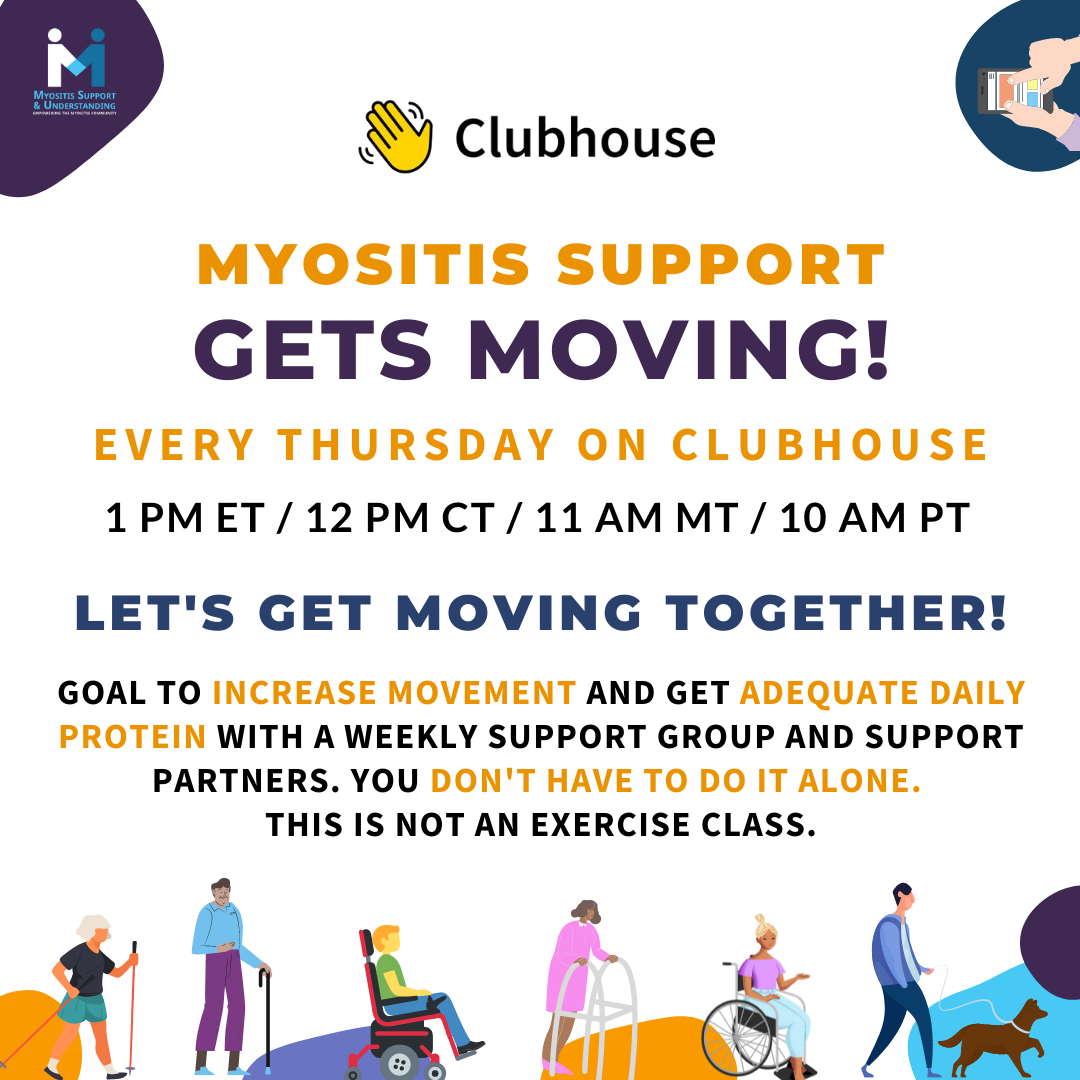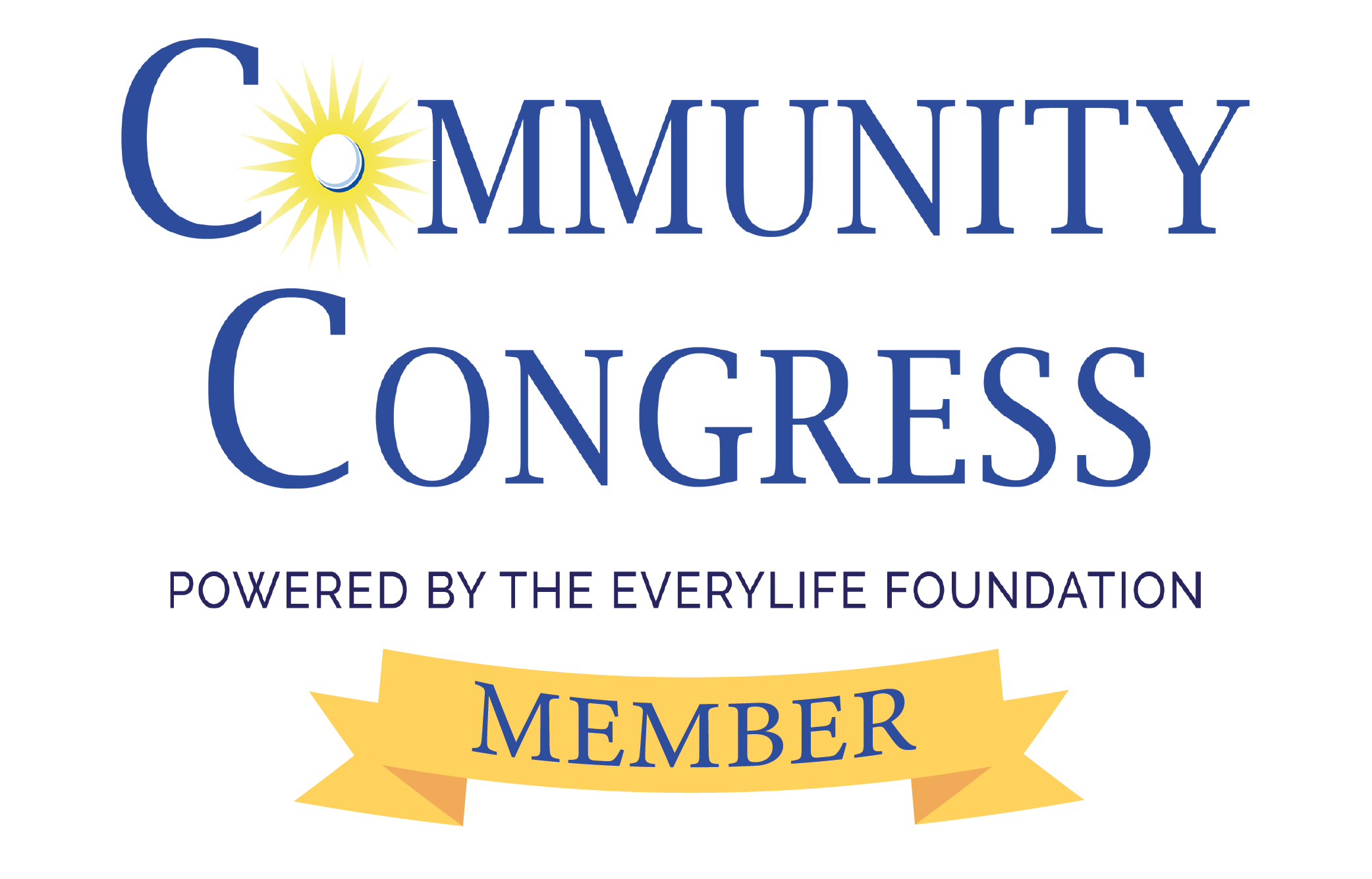Exercise and Myositis
Exercise, or movement, is an important part of living with myositis and is currently the only “treatment” for those with inclusion body myositis. There are many factors to consider when beginning an exercise program especially when you have a muscle disease.
Not too long ago we, as patients, were told by many physicians to not exercise as it was thought we would be doing more damage. This advice has now been retracted and exercise is recommended for myositis patients, and the sooner the better.
What is the optimal program and how do you get started?
This question is important and one that needs great consideration. First, there is not any “approved” exercise program for myositis. Each of us has different needs and abilities. And we have different access (gym, pool, etc.) and environments. We have included some recommended ideas and programs from some top experts in myositis below.
Prior to beginning an exercise program, consult with your physician to avoid injury.
Watch our Exercise in Place Series
Occupational therapists Megan McGowan and Lauren Burgess, and physical therapists Fin Mears and Ruben Pagkatipunan, with the Johns Hopkins Myositis Center, discuss safe strategies to Exercise in Place while we shelter in place due to the COVID-19 pandemic.
There are now five (5) episodes! Watch them on YouTube, or here with the playlist below.
Introducing Myositis Support Gets Moving on Clubhouse
The importance of movement, or exercise, cannot be expressed enough. Myositis Support Gets Moving is a new program with the goal of increased movement of whatever kind and amount that is most appropriate for each individual, and focusing on adequate daily protein intake for muscle preservation and building. The sooner we create and stick to a plan, the better! ALL myositis patients are welcome to join and are encouraged to utilize support partners for accountability, motivation, encouragement, and support. See further details and join us on Clubhouse!
Helene Alexanderson, Associate Professor, Ph.D., a well-known physical therapist with a focus on myositis at the Karolinska University Hospital and Karolinska Institutet in Stockholm Sweden joins us to discuss exercise as a treatment for myositis.
Brett Burton, PT, DPT, SCS, ATC, CSCS, Founder of Somavive and Proactive Performance Coach joined us to explain the technique of blood flow restriction, demonstrate how it can be used by myositis patients to improve/maintain muscle strength, and to answer your questions.
Myositis and exercise research and resources
Find PT in the U.S.
Search the ATPA for a physical therapist in the United States.
Find PT in Canada
Search the CPA for a Physiotherapist in Canada.
Find PT in the UK
Search the CSP for a Physiotherapist in the UK.
Myositis and Exercise Research Articles and Resources:
Alexanderson H. Exercise in Myositis. Curr Treatm Opt Rheumatol. 2018;4(4):289-298. doi:10.1007/s40674-018-0113-3










